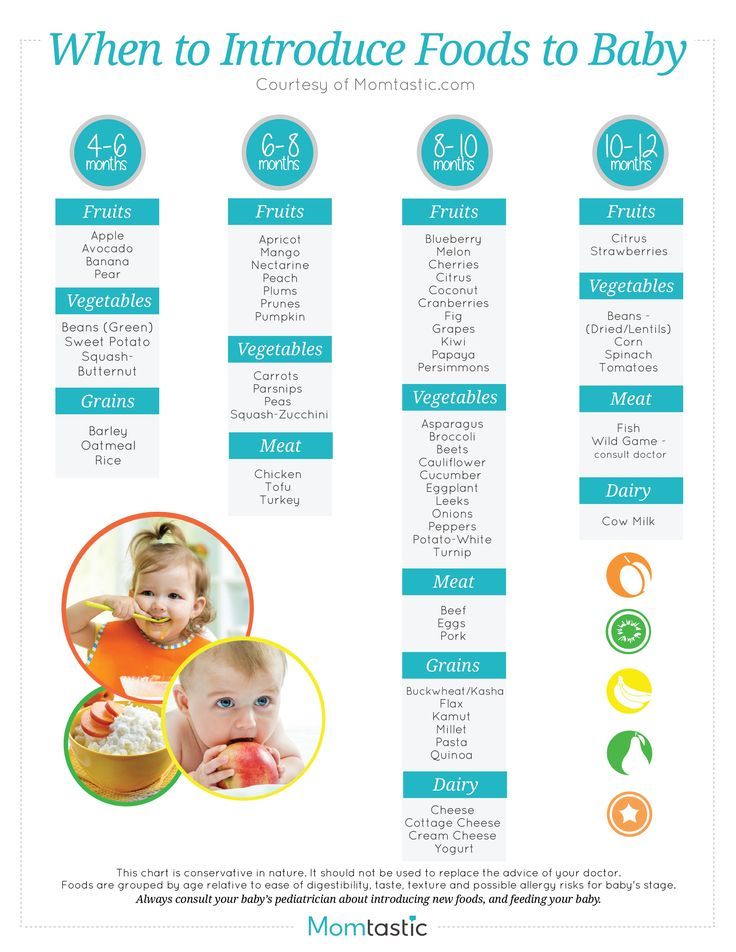Baby food game answer sheet
How to Play "Name that Baby Food" Baby Shower Game
Name that baby food is an awesome baby shower game that requires some set-up, but is totally worth it! In this baby shower game, your guests will taste different selections of baby food and try to guess what it is. The person with the most baby food friendly palate wins the game.
Materials
- Jarred Baby Food - 6-12 flavors
- Wastebasket
- Container - where guests can put their completed answer sheets
- Permanent marker / pens / pencils
- Paper to cover the jar labels
- Answer Sheets - these can be blank or pre-numbered so guests will just write their guesses about the flavors that correspond with the number
- Tasting utensils - plastic spoons or popsicle sticks (enough so that guests don't reuse the utensil for each flavor)
Prepping for Name that Baby Food Baby Shower Game
To prepare for this game, you will need to purchase some baby food jars in advance. To keep the game fair and simple, it's best to choose baby food jars that only contain one type of fruit or vegetable.
There are a lot of combo flavors (like apples and bananas or mangos and pears, etc...), but that may really stump your players, so just sticking to one ingredient per jar is best.
To keep things interesting, you may look for baby food that look somewhat alike - it's tricky but not too tricky. For examples, apple baby food and pear baby food may look very similar in consistency and color, so that might be a good choice for a couple of flavors. Carrots and sweet potatoes also look similar, so that could also be a nice couple of flavors that you can choose.
Once you have the baby food jars purchased, make a note of which flavors are in which jars (you'll need to know this for the answer key as the labels will be removed). A quick numbered list with the flavor and numbering the bottom of jar with a permanent marker can be a quick way to keep track.
Once you have the baby jar flavors noted, you can take off the wrapper (or you can always cover the wrapper with some patterned baby to hide the flavor).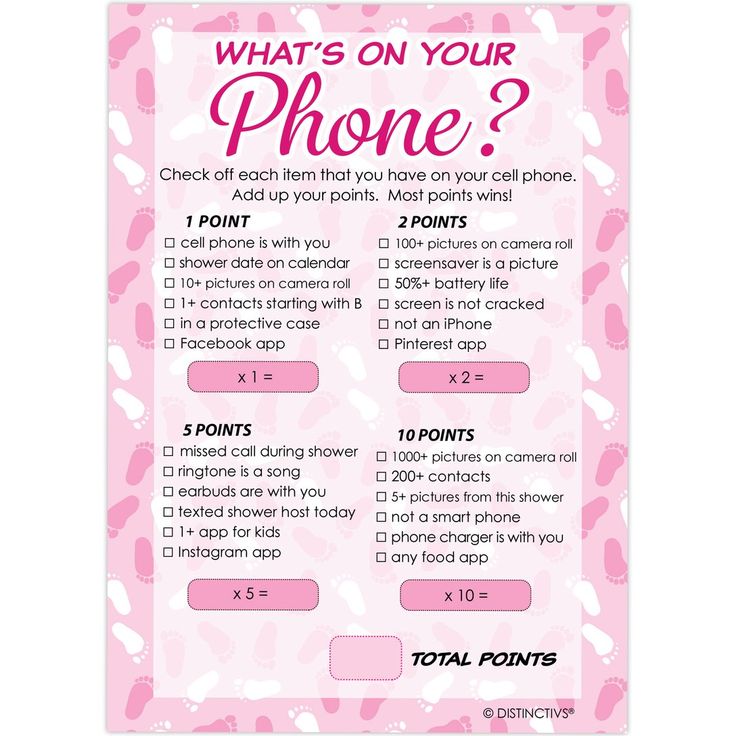 If you choose to take off the wrapper, there might be a little bit of adhesive left, so you might need some adhesive remover to get those last bits of stickiness off.
If you choose to take off the wrapper, there might be a little bit of adhesive left, so you might need some adhesive remover to get those last bits of stickiness off.
Now with your "naked" jars, you can number them with a permanent marker or get some colorful construction paper and make a new label for the jar with just the number.
For the game, your guests will get a blank numbered piece of paper and they will write their guesses that correspond to the number on the jar.
Baby Shower Game Set-up
To set-up the game, you will need some space where you can put out all the materials - jars of food, game sheets, pens, popsicle/spoons, wastebasket, etc... You should opt for a dedicated space so the stuff doesn't get mixed up with other things. A small table or countertop should be fine.
How to Play Name that Baby Food
There are a couple of ways that you can play the game. You can have the game be passive, meaning the guests can play it throughout the baby shower event and drop their answer sheets in a container and you can tally up the correct answers later and announce the winner.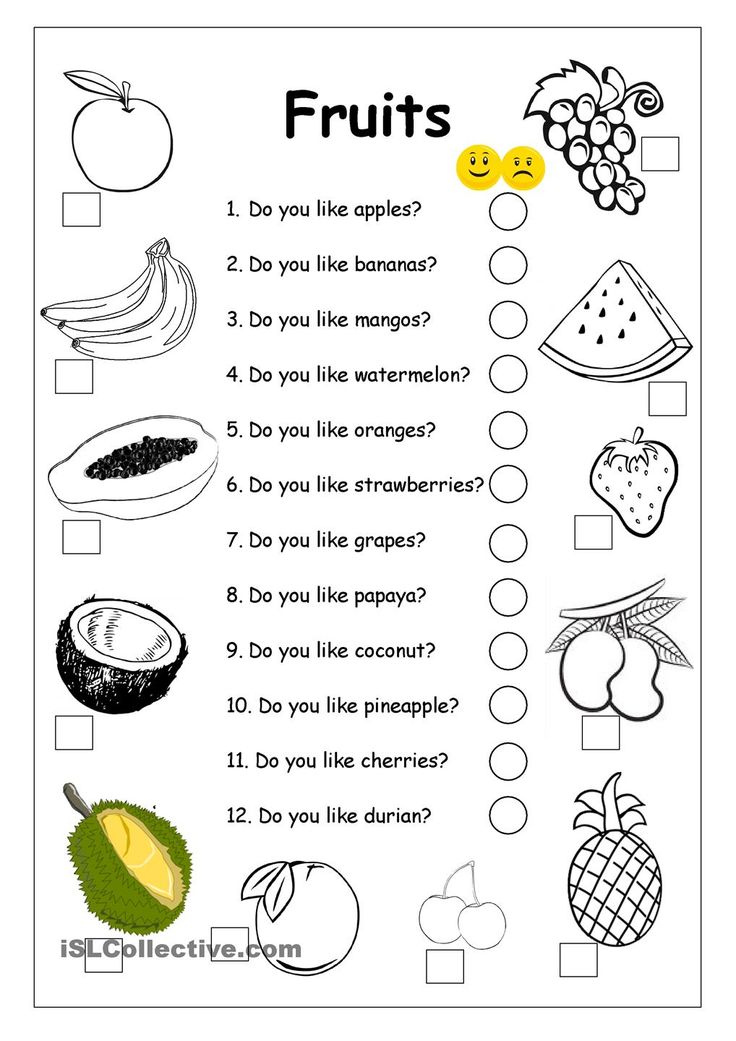 Or you can make the game a main event and ask for volunteers to play while the rest of the guests become the audience.
Or you can make the game a main event and ask for volunteers to play while the rest of the guests become the audience.
If you choose to play the game passively, you might consider having the instructions out on display so guests know what it's all about - the last thing you want is guests thinking you're serving appetizers!
If you are expecting guests of all ages to attend, then you might think twice about letting the game be passive - depending on the age of the kids, they may not quite understand the game and the results could be...messy.
The other way to play this game allows for everyone to enjoy the action. You'll need to carve out some time to play the game during the event. At the time, you can ask for volunteers who want to play - not everyone will feel comfortable tasting baby food in front of an audience, so asking for volunteer players will just make things easier.
Once you have the volunteers, have each of them taste one baby food at a time, then write down their guess. When they've had a chance to taste each one, you can announce the type of food, the person with the most correct wins!
When they've had a chance to taste each one, you can announce the type of food, the person with the most correct wins!
It may be more fun to play this game with an audience as everyone will be able to see the reactions of the players as they taste those mushy peas and squashed carrots. It will also be fun to announce the winner right away.
Baby Shower Game Prizes
For this game, you may want to prepare a few prizes just in case you have a tie. As the game is all about food (albeit baby food), it might be fun to have your prizes be food-related too.
Here are some food prize ideas that you might consider:
- Homemade Jars of Jam: If you love canning, then consider making some special treats for your winners. A cute label "Adult Food: Apricot Jam" or something that ties the prize back to the game can be a clever and memorable baby shower game prize. If you're not into making jam, then buying a few fun flavors and relabeling them with cute labels is an option.
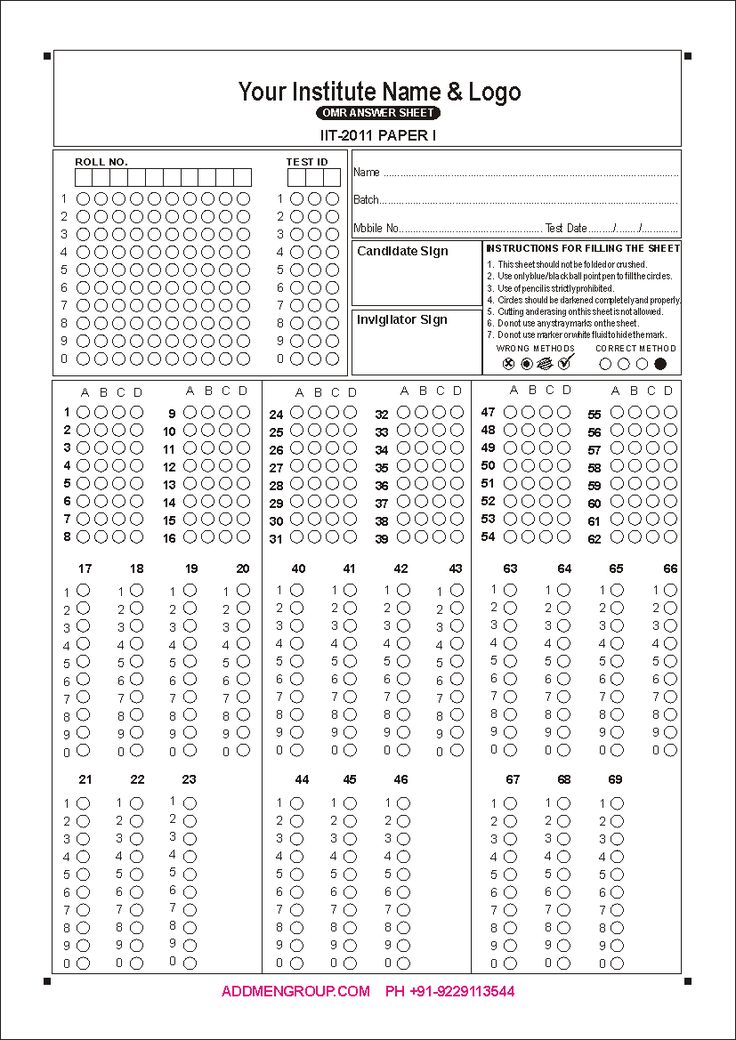
- Mason Jar Recipe Kits: A recipe in a jar prize is always fun and can be a play on the baby food jars. There are tons of recipe in a jar kits you can find online and if you think you might have more than one winner, then this is an easy prize to duplicate.
- Food Cooking Kits: As this baby shower game is all about flavor, consider some food kits for your winners so they can add more flavor to their next dish! A collection of exotic salts, a variety pack of BBQ sauces or salsas. Some nice oils or spice mixes can also work.
- DIY Food Gift Basket: A little themed food gift basket is another option. A small container filled with goodies for a movie night, breakfast in bed, or a picnic would make a great baby shower prize.
Related Articles
Baby Shower Ice Breaker Games
Are you expecting a lot of guests who may not know each other very well? Do the parents-to-be have multiple circles of friends they are inviting? Then consider having including an ice breaker game during your event.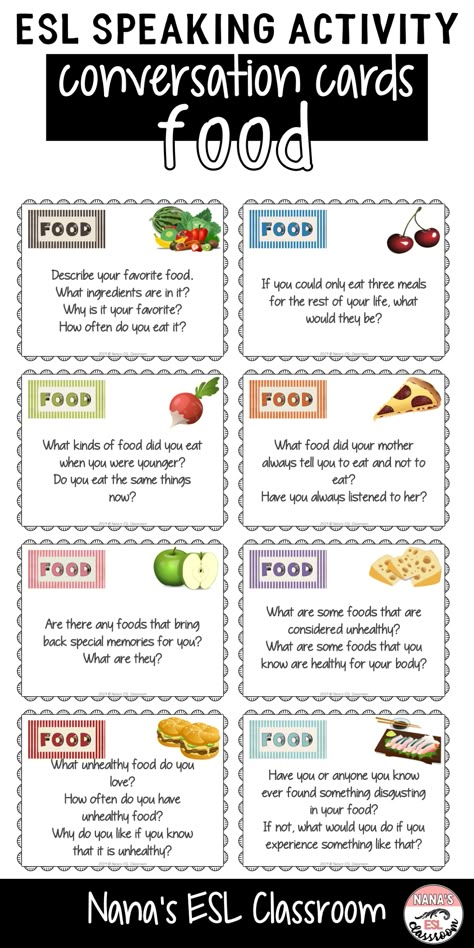 This will encourage people to get to know one another and be great if you are planning for some heavy participation in upcoming games (ahem, such as "Name that Baby Food"). The more comfortable your guests are with one another, then the more likely they will be want to play more game!
This will encourage people to get to know one another and be great if you are planning for some heavy participation in upcoming games (ahem, such as "Name that Baby Food"). The more comfortable your guests are with one another, then the more likely they will be want to play more game!
Keepsake Baby Shower Activities
Hosting a baby shower can be a lot of fun, especially when you're including some hilarious baby shower games to play. Aside from all the fun, you should also consider some activities that can be enjoyed by the parents-to-be long after the baby shower is over. Keepsake activities are a lovely way to encourage guests to leave something special for the new parents that they can treasure for a while.
How to Host a Diaper Raffle
Looking for a way to set the new parents up for a good while? Consider including a diaper raffle with your event. It will require you to announce the diaper raffle with the invites going out so your guests will know they can bring a pack of diapers to participate, but it'll be worth the effort!
Guess the Baby Food - Baby Shower Game
Guess the Baby Food Game
Supplies: Variety of baby food 8 – 12 jars, paper to cover jars , spoons, numbers, pen and paper
How good are your taste buds? Well with Guess the Baby Food, you’ll challenge guests to see if they have the best palette in your group and can properly identify a variety of baby foods like squash, apple, pears, peas and more. A fun game for the ladies but even more of a treat during couples showers when the men get to play.
A fun game for the ladies but even more of a treat during couples showers when the men get to play.
Guess the Baby Food Game Prep & Play
a. Get 8-12 different baby foods. (Peas, sweet potato, pears…).
b. Now grab a sheet of paper and pencil to create the master Guess the Baby Food answer sheet and number it from 1 to however many types of baby food you have for the game. Randomly take the first jar of baby food, write down the name of the fruit or vegetable beside one of the numbers. Then cover with paper or remove the label of the baby food so the name and contents are can not be seen. Once that is completed, then write the number you assigned to that spice to the outside of the container or use a sticker on the outside of the jar. We found writing the numbers on stickers and then placing the stickers on the container was easiest. It is also helpful to have the number on the table in front of the baby food during game play.
c. Once all of the jars of baby food have be assigned a number, create your game sheet. Your Guess the Baby Food game sheet should include a place for guests to put their name and then a numbers for the baby food and a blank space beside the number. Print out one sheet per player.
Your Guess the Baby Food game sheet should include a place for guests to put their name and then a numbers for the baby food and a blank space beside the number. Print out one sheet per player.
d. Game set up; place the baby food on a table / counter top area, jars should be 1-2 feet apart if possible. You want space between them so players are not on top of each other tasting and guessing baby food. One way to make the game work better is to have 3 or 4 players go at a time and have them start at different baby food. This way they can move about, taste and easily write their answer without someone over their shoulder.
Others options:
– If you are concerned about people knowing what it is based on the color is to blindfold each guest and feed them. However, this takes a lot of time and extends the game.
– You could pass the baby food jar around the group. If you do this just ask that the don’t comment after tasting it.
e. Game Play: Hand out Guess the Baby Food game sheets, pens, and let them know that they are going to go around and taste the baby food in the jars and then write down what baby food they believe it is.
f. Once everyone has tasted and guessed the baby food, it is time to reveal what was in each jar and score the answers. Guests trade sheets and the hosts starts by ask who knows want number 1 was. Have guests offer opinions, then reveal what the food was and proceed to share all the answers. Score the results and give a prize to the guest who got the most correct.
Guess the Baby Food – Co-Ed Baby Shower Game Variation
In this version, instead of the guests trying to guess the baby food the new mom and dad are doing the guessing. This is a lot of fun as you can discover who knows their fruits, veggies, and flavors.
a. You’ll want 2 white boards or at least pen and paper for the players. First sit the parents to be at a table that faces the group and let them know their is going to be a competition. A food tasting competition. They will think that sounds like fun, then share it will be a baby food tasting competition!
b. Let them know that they will each be tasting a type of baby food and then after each has tasted it they will write down what they think it was that they tried, and when asked they will reveal their answer.
Let them know that they will each be tasting a type of baby food and then after each has tasted it they will write down what they think it was that they tried, and when asked they will reveal their answer.
c. If you think the color of the baby food gives away the baby food, you can always have them wear blindfolds, dark sunglasses or close their eyes while tasting the food. That is your option.
d. Game play for this is simple. Grab a jar of baby food, feed each parent to be, have then write down their answers (no peeking) and then ask them one by one to reveal the answer. Then slip off the cover to show the baby food. A correct answer gets 1 point, incorrect 0 points.
e. You can play whoever gets the most correct wins (easy way) or play to first person to get 5 or 7 correct.
If is a lot of fun to see their facial expressions as they taste the different baby food, especially the ones that don’t taste that great.
Information for parents
Blanks of documents:
Blank application for admission to a preschool group
Blank Application for admission to school in the order of transfer from another educational organization
Instructions for working with the portal www.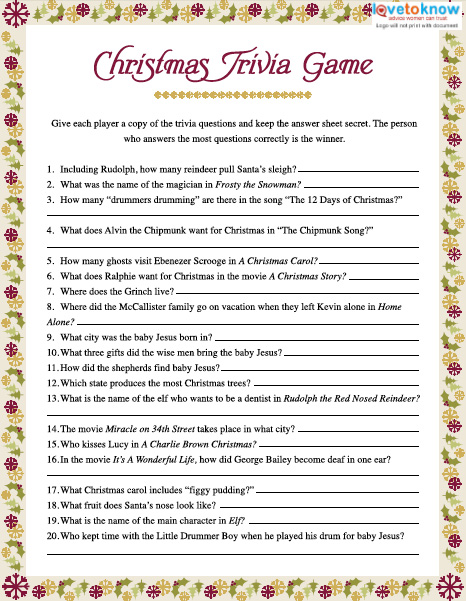 gosuslugi
gosuslugi
Instructions for registering on a single portal of state and municipal services
How to enroll a child in a kindergarten (placement on the waiting list)
How to enroll a child in a kindergarten and apply for compensation
APPLICATION FORMS:
- Application form for admission to preschool group
- Receipt for the provision of documents
- Application form for training in an adapted educational program for preschool education
- Application form for refusal of a seat
- Application form for expulsion from the preschool group
- Vacation application form
CATERING:
- This link takes you to the Department of Education's website, which contains regulations on catering and compensation for care and maintenance, memos for parents and an email address for questions.
- ORDER dated 08.08.2019 No. 34-np "On amendments to the order of the Department of Education of the Yaroslavl Region dated 03.
 25.2014 No. 34-np"
25.2014 No. 34-np"
Dear parents! You can see your children's daily menu here: Hot meals at school
Parent information corner
Dear parents! Today we will talk with you on an interesting and exciting topic: “How to form an interest in communicating with a book, reading in preschool children”?
I don't think it's worth mentioning that there is a tendency in society to reduce the interest and need for reading. Especially worryingly, this affects children, who are more attracted to watching TV, playing games on tablets and computers. Yes, and many parents prefer electronic games of a developing and educational nature, rather than reading fairy tales to their child or doing them. But it is precisely the preschool age that is distinguished by curiosity and emotionality. It is at this age that interest in the book is born, the reader's experience is acquired. Therefore, to form a need for reading in a preschool child is a very important task for teachers and parents.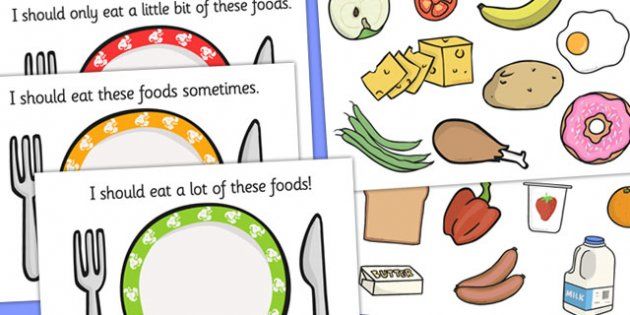
The process of forming a child's interest in a book and its content at preschool age is largely determined by the extent to which parents are involved in this process, what is the attitude of the family to the book, how the process of reading at home is organized, and how much interest in what is read in kindergarten is maintained. From talking with children about whether parents read books to you, I came to the bitter conclusion that some parents do not attach much importance to the role of books in the development of the child, while others hope that the child will acquire the necessary reading experience in kindergarten. However, if this issue is not dealt with in a timely manner, it will be difficult to form an interest in reading in elementary school, and in some cases it is impossible.
One of the important ways to solve this issue is the systematic work of introducing the child to reading children's literature both in preschool and in the family. It is the family with its unique atmosphere of kinship, intra-family relations, the love of parents that provides children with psychological comfort. And the child's love and trust in his parents make him particularly susceptible to their influence. It is necessary to maintain constant cooperation between the family and the kindergarten and be a logical continuation of the work.
And the child's love and trust in his parents make him particularly susceptible to their influence. It is necessary to maintain constant cooperation between the family and the kindergarten and be a logical continuation of the work.
- An appropriate subject-developing environment is organized in kindergarten groups, at home there should also be a corner with books selected by the age of the children. There, the child, together with his parents, gets acquainted with new books and shares what he has read with the children in a group (with a demonstration of the book).
- If possible, take your children to the nearest library.
- Spend more time to familiarize the child with his native land, with his small homeland (tell us about the traditions of our ancestors, the history of the village, its culture, introduce the art of our fellow countrymen, introduce the heroes of our village, spend more time in nature, each time paying attention to its characteristics). This will keep you in child interest in knowledge, motive to search for new information.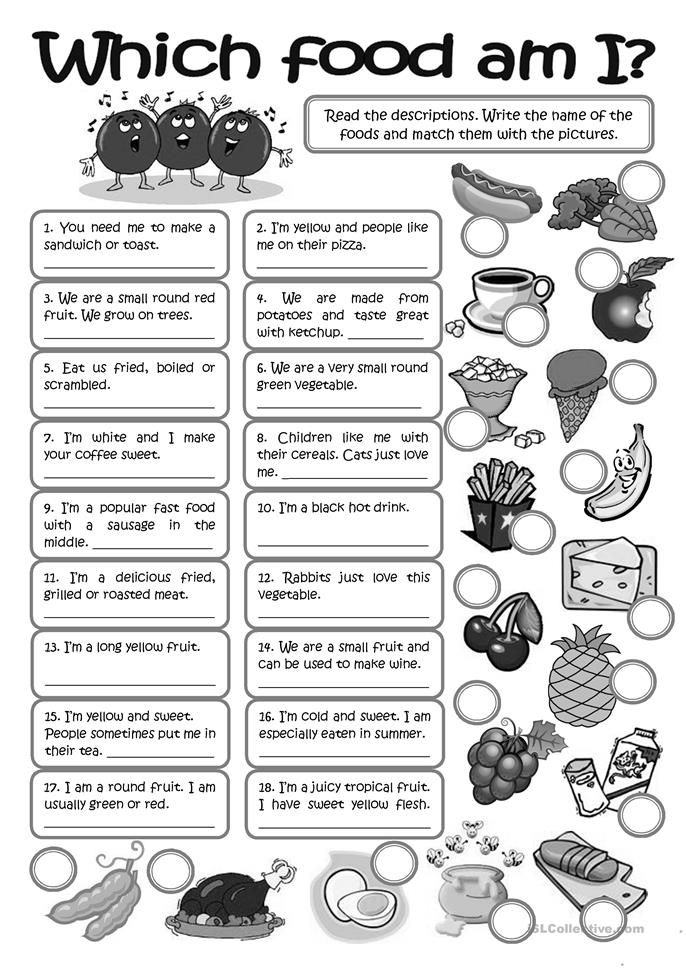
- It is necessary to help the child to be realized in independent creative activity. Read a fairy tale or story, draw the characters of the work or plot, bring the work to the garden, show and tell grandmother, etc.
- Choose a book together in the store, jointly discussing the need to choose a particular book, getting acquainted with its contents.
- Encourage and support the desire and participation of the child in various creative competitions (competition of poems, songs, dances, drawings; theater activities, dramatization games, role-playing games ...) while not forgetting to refer to additional information that can be found together in books (about the author of poetry, about the artist, the history of the origin of dance, tell about the theater and its work, play a fairy tale plot together, etc.).
- Ask every day about what you read today? What poem did you learn? And let's remember the verses that you know with you! I like them so much. Showing your interest in the activities of the child, you thereby stimulate him to the manifestation of greater cognitive activity.
Dear parents! Try to be an active partner in all creative endeavors of the kindergarten. Take an active part in all activities with your children. Live this period (preschool childhood) together, not side by side. It is during this period that you need to have time to lay down and develop all the best, to form all the most valuable.
To form a child's interest in reading at this age through various activities means taking care of his intellectual, moral, spiritual potential, opening the way to the most important source of information - a book!
7 secrets of cultivating interest in reading.
1 secret. Read for yourself.
It is not our words that bring up a child, but deeds and the environment. A family where parents often read and discuss books is likely to grow up to be a good reader. Want to instill an interest in reading in your child? Read for yourself and read to your child, talk about what you read, discuss books.
2 secret. Learn by playing.
Learn by playing.
A person will never love what is given to him with difficulty. He will endure, but not love. If you teach a child to read, teach in a way that makes it easy and interesting for him, teach while playing. Only in the game can a child learn without feeling pressure, without experiencing stress and negativity. It is in the game that the best results are achieved at the lowest cost.
3 secret. All through interest!
The interest of the child comes first, not what you want or need. Read those books that your child likes, that are interesting to him. Read books by age! And if, in fact, you need to read something that does not delight the child, then help the child read and understand, read it together.
4 secret. Book design.
Pay attention to the design of the book. Children simply need illustrations in the book, good quality paper and clear type. It is very good if each page has a large illustration and some text. Because a large amount of text causes fear, tires the child and reduces the ability to understand the text.
5 secret. Use the Cassil method.
Find an interesting book and start reading. Get to a very interesting moment, where some kind of intrigue is created, a turning point in events, and suddenly remember that you need to do something urgently - stop reading. Leave the book with a bookmark and tell your child that he can wait until tomorrow or try reading on his own. Of course, the child will want to know the sequel, but not everyone will pick up a book and start reading. Someone will wait until tomorrow. But if the child took the book and began to read, then it is worth praising him and offering to read it together (line by paragraph). The next time the child will again take the book and begin to read it in the hope that you will immediately come to the rescue. But don't rush. Of course, it is necessary to praise him for his desire to read, but it is not immediately possible to come to the rescue. Let him read a little. And only then you offer to read alternating. And so every time you praise the child for the desire to read, but help to finish reading later and less. So gradually you will reach the moment when the child finishes everything himself.
So gradually you will reach the moment when the child finishes everything himself.
6 secret. Read to a child!
Read to your child, even if he can already read. In any case, you will read better than the child, show him an example of correct and expressive reading, and help him better understand the meaning of the text. By reading with your child, you will get to know the interests of the child, his thoughts and desires better. And the child will feel your support and interest, which contributes to the development of mutual understanding. Joint reading also contributes to the development of mindfulness, because an adult can always ask a clarifying question, and the child needs to answer it.
7 secret. We develop interest through the situation of victory.
Ask your child problematic questions, provoke an argument and offer to find out who is right with the help of a book. Of course, the child wants to prove that he is right, and most likely, he will look for proof of his innocence.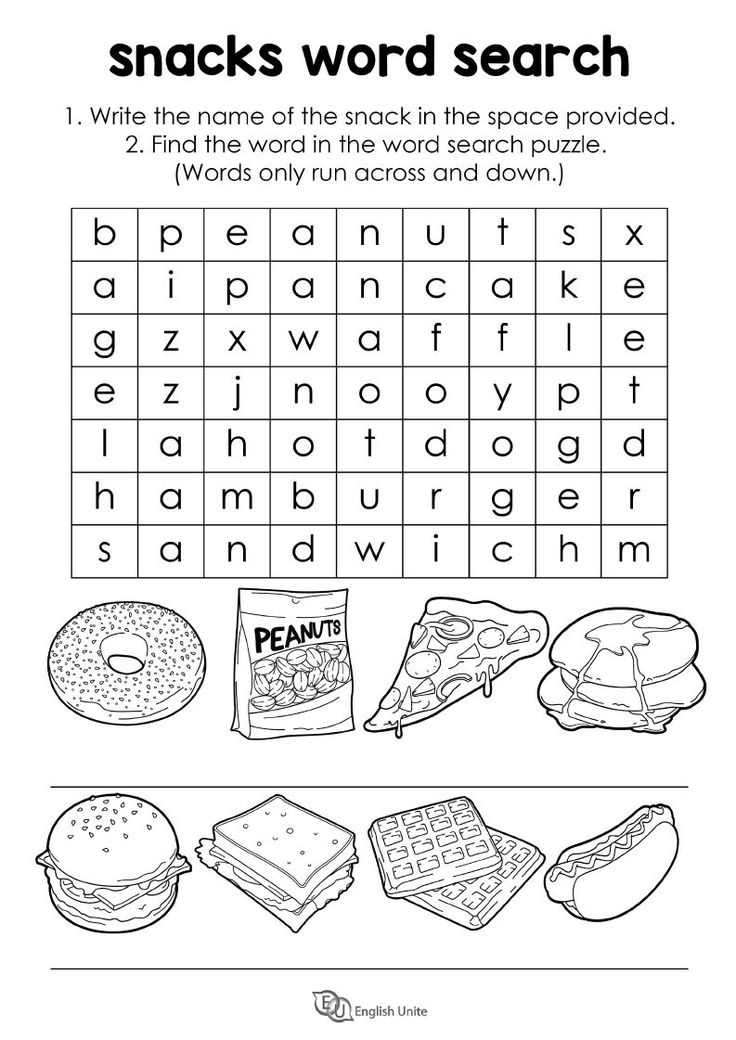 At first, of course, it is necessary to adjust the question so that the child is still right. This forms success and reinforces the feeling of pleasure from the process of finding evidence. The child understands that he read not in vain. There are many such controversial questions. For example: children from kindergarten know that a swallow is a migratory bird. And you say no, the swallow hibernates, only she hides under the bark of trees or burrows into the ground. And show that it is written in this book. Most children will prove what they were told in kindergarten or school. And you stand your ground and offer to find the answer in the book. Of course, you need to know in advance where you can find the answer and show the child this page or chapter. But how much joy the child will have when it turns out that he is still right! Be sure to praise your child for wanting to find the right answer and admit that you were wrong. Tell the child. Retell the most interesting moments from the books to your child and show where you can read the sequel.
At first, of course, it is necessary to adjust the question so that the child is still right. This forms success and reinforces the feeling of pleasure from the process of finding evidence. The child understands that he read not in vain. There are many such controversial questions. For example: children from kindergarten know that a swallow is a migratory bird. And you say no, the swallow hibernates, only she hides under the bark of trees or burrows into the ground. And show that it is written in this book. Most children will prove what they were told in kindergarten or school. And you stand your ground and offer to find the answer in the book. Of course, you need to know in advance where you can find the answer and show the child this page or chapter. But how much joy the child will have when it turns out that he is still right! Be sure to praise your child for wanting to find the right answer and admit that you were wrong. Tell the child. Retell the most interesting moments from the books to your child and show where you can read the sequel. Tell interesting facts about the life of animals and plants, about transport and weapons - all this can be easily found in encyclopedias and show where you can read it. Come up with various tests based on the works of children's authors, for example, on Pushkin's fairy tales. Compose stories and fairy tales with him, write them down in the form of books and give them to friends.
Tell interesting facts about the life of animals and plants, about transport and weapons - all this can be easily found in encyclopedias and show where you can read it. Come up with various tests based on the works of children's authors, for example, on Pushkin's fairy tales. Compose stories and fairy tales with him, write them down in the form of books and give them to friends.
If you rely on these secrets in communicating with your child, you will definitely interest him in reading. A reader is always an interesting and successful person.
Reading to children is wonderful, reading correctly is productive (effective) reading. The process of reading is carried out by teachers in regime moments, at GCD using one or another technology.
- What is technology? This is a sequence of steps.
- What is productive reading? Productive from the word "product".
- What can be the product of reading? Result.
- And what result can be from reading? Perception of the text - emotional response - reasoning - a series of questions and understanding of the meaning of what was read!!!
And in order for a child to understand the meaning, it is necessary:
- Read emotionally, expressively, make logical stops;
- pay attention to unfamiliar words and immediately explain them without making long pauses and not distracting the child's attention;
- in the course of reading, you can ask, as it were, a question to the author.
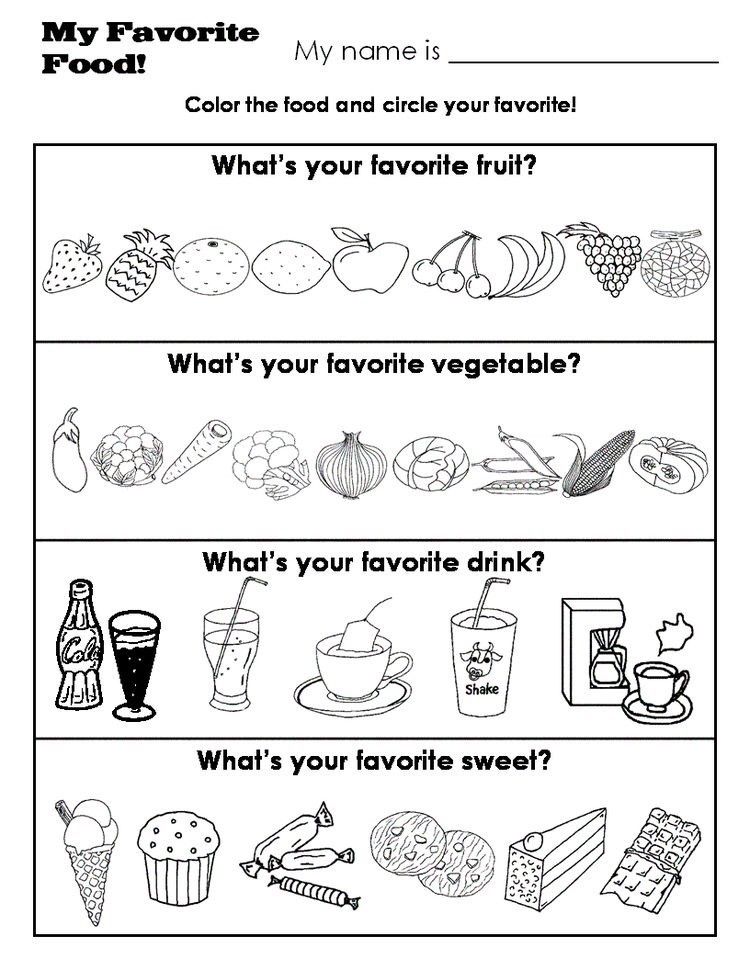 These are short questions - answers that can be learned in the process of reading, for example: “What will happen now?”, “How can this be explained?”, “Why exactly?”, “Why did he do this?” and a number of other questions. The question, as it were, “hangs” in the air, it does not need to be answered, but this question, questions begin to activate thought processes in the child’s head. Attention is activated, internal reasoning begins, interest in listening to reading appears.
These are short questions - answers that can be learned in the process of reading, for example: “What will happen now?”, “How can this be explained?”, “Why exactly?”, “Why did he do this?” and a number of other questions. The question, as it were, “hangs” in the air, it does not need to be answered, but this question, questions begin to activate thought processes in the child’s head. Attention is activated, internal reasoning begins, interest in listening to reading appears. - reading commentary is a reading that is accompanied by explanations, interpretation of words, expressions, subtext in the form of explanations, reasoning, assumptions. Commenting is carried out in the course of reading, only this work with the work becomes motivated. Dear parents! I hope that this information will be useful to you. But this does not mean at all that every work must be read that way. Even if you take a book after a working day, just relax together, look at the illustrations, read and fall asleep, it will be wonderful.
 And if then, the next day, you talk about what you read, share your impressions with each other, then this will be 100% success.
And if then, the next day, you talk about what you read, share your impressions with each other, then this will be 100% success.
Offers:
1. Read with children and keep a reading diary. Bring it to the group and tell the children before a quiet hour about what they have read, retell and show the illustrations.
2. Daily repeat the poems learned in the garden with the children.
3. Organize a children's book corner at home.
Quiz game "How to be cool-10 life hacks"
Quiz game "How to be cool-10 life hacks"Answer form
Open Download (Size 602 Kb) File type: pdf 11/25/2021
Methodical case
Download (Size 24 Kb) File Type: docx 11/25/2021
Scenario
Download (Size 22 Kb) File Type: docx 11/25/2021
Content of video questions
Download (Size 61 Kb) File Type: docx 11/25/2021
Instructions for conducting a quiz
Open Download (Size 7468 Kb) File type: pdf 11/25/2021
Family Practice Questions
Open Download (Size 1046 Kb) File type: pdf 11/25/2021
Family practice-instruction
Open Download (Size 7219 Kb) File type: pdf 11/25/2021
Table plate with team numbers
Open Download (Size 145 Kb) File type: pdf 11/25/2021
Tournament table for online
Download (Size 43 Kb) File type: xlsx 11/25/2021
Tournament table - head-to-head
Download (Size 39 Kb) File type: xlsx 11/25/2021
This site uses the Yandex.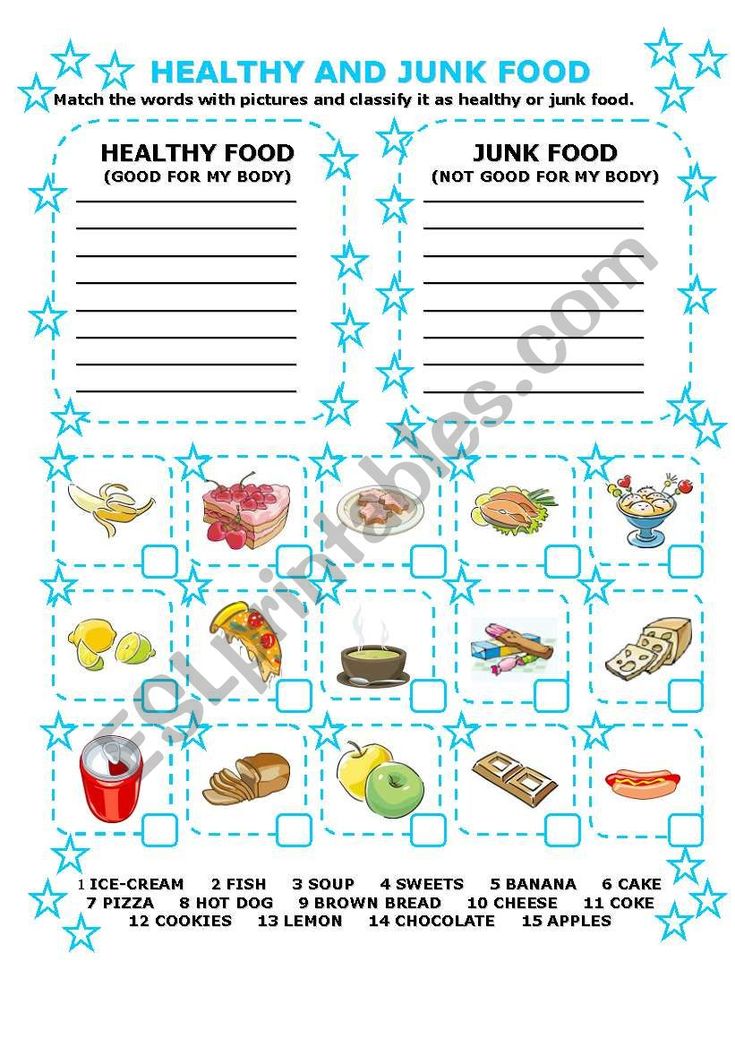 Metrika web analytics service provided by YANDEX LLC, 119021, Russia, Moscow, st. L. Tolstoy, 16 (hereinafter - Yandex). The Yandex.Metrica service uses "cookie" technology - small text files placed on users' computers in order to analyze their user activity. The information collected by a cookie cannot identify you, but it can help us improve our site. Information about your use of this site, collected using cookies, will be transmitted to Yandex and stored on a Yandex server in the EU and the Russian Federation. Yandex will process this information to evaluate your use of the site, compile reports for us on our site activity, and provide other services. Yandex processes this information in the manner prescribed in the terms of use of the Yandex.Metrica service. You may refuse the use of cookies by selecting the appropriate settings on your browser. You can also use the tool - https://yandex.ru/support/metrika/general/opt-out.html. However, this may affect the operation of some functions of the site.
Metrika web analytics service provided by YANDEX LLC, 119021, Russia, Moscow, st. L. Tolstoy, 16 (hereinafter - Yandex). The Yandex.Metrica service uses "cookie" technology - small text files placed on users' computers in order to analyze their user activity. The information collected by a cookie cannot identify you, but it can help us improve our site. Information about your use of this site, collected using cookies, will be transmitted to Yandex and stored on a Yandex server in the EU and the Russian Federation. Yandex will process this information to evaluate your use of the site, compile reports for us on our site activity, and provide other services. Yandex processes this information in the manner prescribed in the terms of use of the Yandex.Metrica service. You may refuse the use of cookies by selecting the appropriate settings on your browser. You can also use the tool - https://yandex.ru/support/metrika/general/opt-out.html. However, this may affect the operation of some functions of the site.






